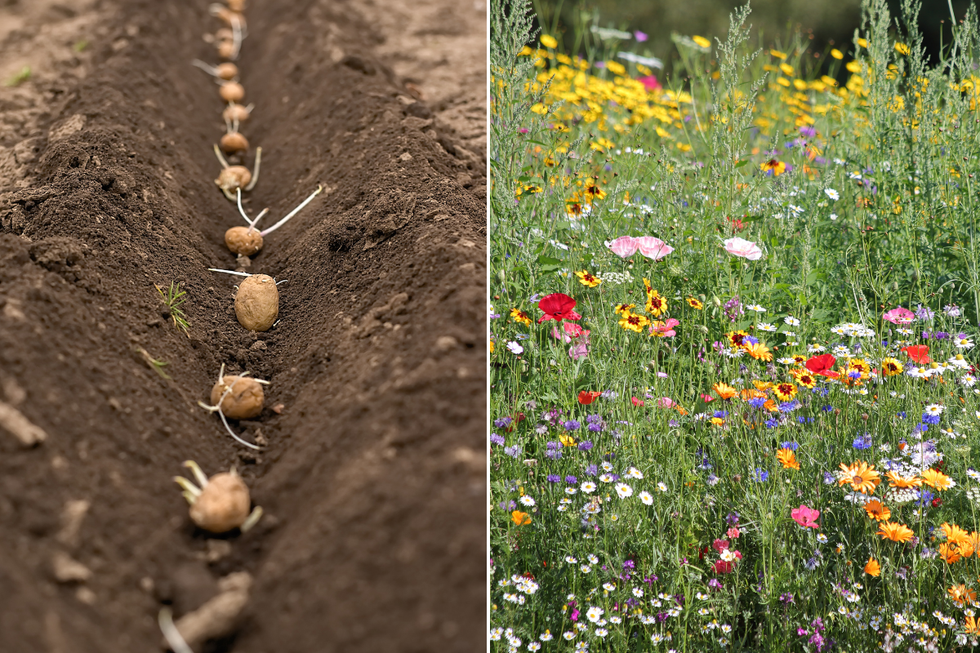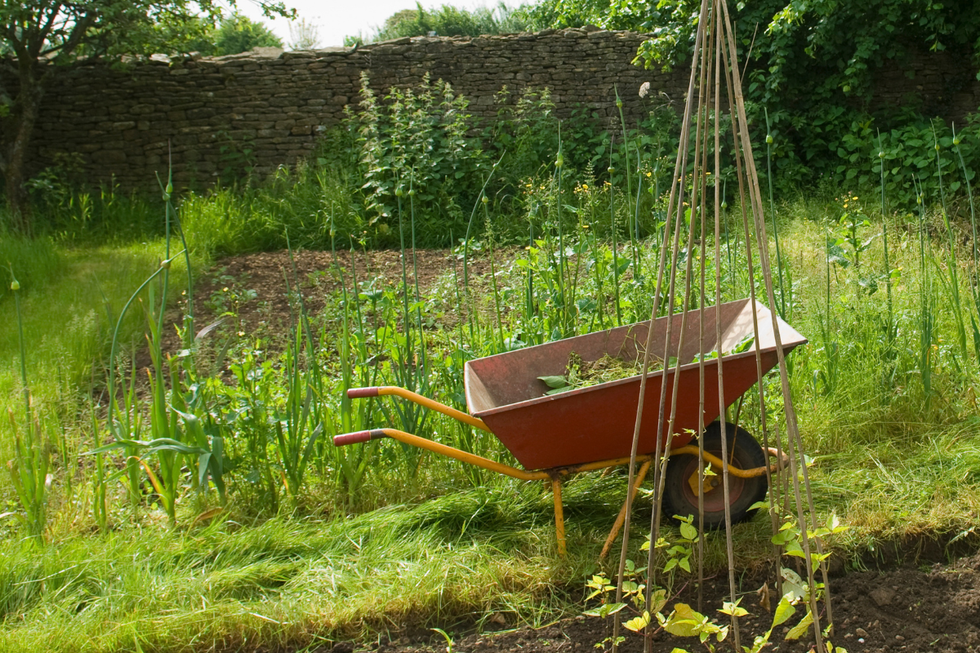Gardening expert warns against ‘throwing seeds to the wind’ as ‘chaotic’ tactic turns heads
Green thumbs should stick to more conventional approaches to ensure "bounty"
Don't Miss
Most Read
Gardening can be time-consuming, meticulous and, at times, excruciatingly expensive.
That might be the very reason why a more low-effort, spontaneous approach to cultivating gorgeous flowers and delicious vegetables has recently become all the rage.
The very aptly-named method has been dubbed "chaos gardening", where green-fingered enthusiasts embrace free-flowing seeding approaches and use up left-over seeds.
Often, the hope is to create a rambunctious sort of garden, bursting with blossoming buds and buzzing bumblebees, exonerated from the reins of traditional horticultural rules - and fences.

The aim to cultivate a rambunctious sort of garden, bursting with blossoming buds and buzzing bumblebees
|GETTY
One of the main benefits of chaos gardening is that it is a very low-maintenance option to an otherwise arduous task.
Sprinkling a variety of seeds around your garden as you wish, mixing flowers, vegetables and herbs to grow wherever they lie, is a much more laissez-faire approach that many online have tried.
So, it's no wonder that experts have turned their noses up at the approach.
Vegetable horticulturist and founder of Pike Lane Gardens, Adam Weiss, recommended against "throwing seeds to the wind" with chaos gardening.
Instead, before sowing seeds, he encouraged green-thumbed fiends to cultivate a "proactive plan to allow you to enjoy vegetables throughout the three growing seasons" first.
Far from the conventional sense, the three seasons in this scenario refer to periods of cold, cool and warm temperatures - essentially, spring, summer and autumn.
He said: "I believe in creating a floor plan, strategising a planting approach to enjoy spring, summer and fall vegetables and creating the proper spacing necessary for each vegetable so they have the optimal growing conditions to thrive and provide you with a bounty.
"Although chaos gardening requires minimal planning, there is no doubt that harvests will be smaller, and cold-weather plants will not germinate during the hot summer months," he added.
LATEST GARDENING TIPS AND TRICKS

Before sowing seeds, he encouraged green-thumbed fiends to cultivate a "a proactive plan"
|GETTY
During this period, he said that certain vegetables, such as radishes, lettuces, carrots, beetroots and sugar snap peas, were not suited to such conditions.
He further explained that warm-weather seedlings (such as tomatoes, peppers, cucumbers, aubergines and squashes) would not survive so well during the cool months either.
"If you are to approach a chaos garden, only plant vegetables that can be successful for one season," the vegetable pro advised.










